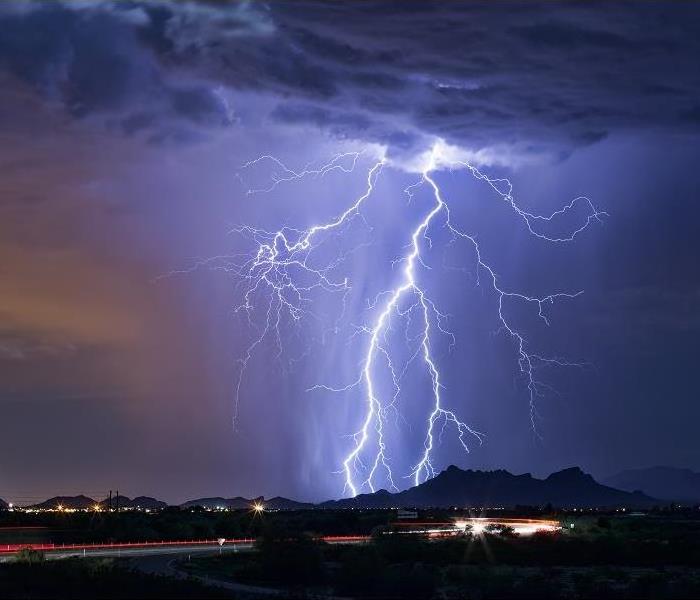Where to Shelter When a Storm Catches You Off Guard | SERVPRO® of North Lilburn
5/25/2022 (Permalink)
 The storm season is officially here. SERVPRO® of North Lilburn is here to help you navigate through any disaster.
The storm season is officially here. SERVPRO® of North Lilburn is here to help you navigate through any disaster.
Severe weather is a frightening thing no matter when it happens. Torrential rains, high winds and threats of hail are never pleasant, but if you are safely at home and near your emergency shelter area, it is much less frightening than if you are out and about. Unfortunately, the weather can be unpredictable and as such, can turn severe with little notice.
If severe weather begins to become a threat, it is important to get to a safe shelter as quickly as possible—but how do you determine what the safest option is? Below, we will go through some common scenarios for how you can stay as safe as possible no matter where you are when a storm strikes.
Determining the Safest Option When Sheltering From Severe Weather
Find indoor shelter when possible. If at all possible, it is best to be indoors if there is severe weather around. A shopping mall, store or gas station can be a good solution if you are in a populated area. If there is no building around, being in your car is safer than being outside, but avoid touching anything metal or using the electronics in the vehicle.
Get to low ground. If you are stuck outdoors, try to move to lower ground when possible. Lightning is the biggest threat, and it tends to seek out the highest area possible. Crouching down in an area that is low-lying and unexposed, such as a ditch, is the best strategy. Avoid being near tall objects, such as electrical towers, trees or light poles, if at all possible.
Follow the 30/30 rule. The 30/30 rule is a good rule of thumb in case a thunderstorm catches you outdoors. This states that you should stay in your shelter if thunder and lightning strikes are less than 30 seconds apart, and you should stay sheltered for 30 minutes after the last clap of thunder sounds.
Stay out of a crowd. If you are with a group of people when a storm becomes a threat, be sure to spread out from one another—that way you are less of a target for lightning strikes.
If you have damage to your home due to a storm, we are here to help. Get in touch today to learn more about our restoration process or report damage 24/7.




 24/7 Emergency Service
24/7 Emergency Service